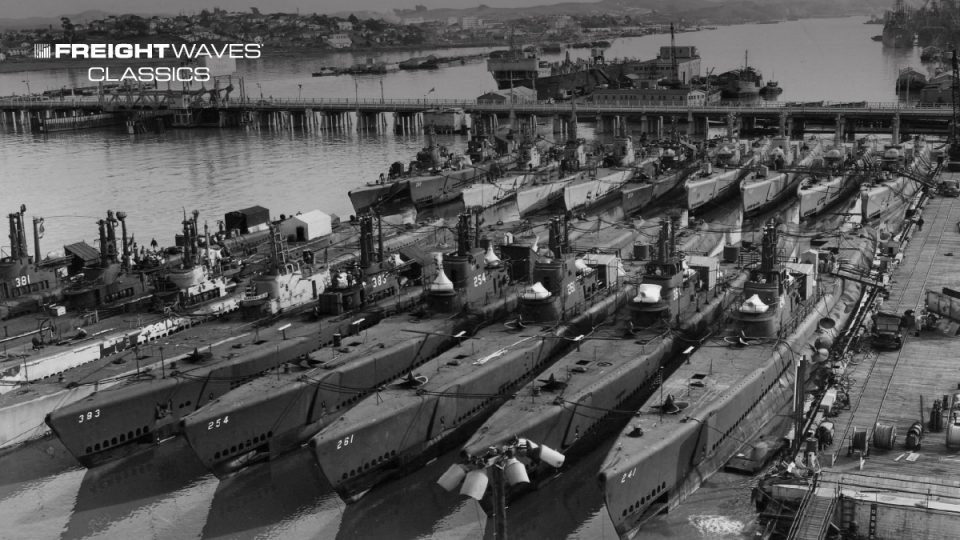FreightWaves Classics is sponsored by Sutton Transport, an LTL leader in the Midwest for more than 40 years. Sutton Transport proudly services Illinois, Minnesota, Missouri and Wisconsin. Request a quote here.

National Hispanic Heritage Month
National Hispanic Heritage Month is observed annually from September 15 to October 15. It celebrates “the histories, cultures and contributions of American citizens whose ancestors came from Spain, Mexico, the Caribbean and Central and South America.”
Hispanic Heritage Week began in 1968 under President Lyndon Johnson and was expanded by President Ronald Reagan in 1988 to cover a 30-day period beginning on September 15 and ending on October 15. It was enacted into law on August 17, 1988.
September 15 is significant because it is the anniversary of independence for Latin American countries Costa Rica, El Salvador, Guatemala, Honduras and Nicaragua. In addition, Mexico and Chile celebrate their independence days on September 16 and September 18, respectively. Also, Columbus Day which is October 12, falls within this 30-day period.

FreightWaves Classics also celebrates National Hispanic Heritage Month. There have been several recent FreightWaves Classics articles profiling Hispanic Americans. To read any of them, go to FreightWaves.com and search for FreightWaves Classics.
Born in Davenport, Iowa, in 1857, Robert Files Lopez was admitted to the U.S. Naval Academy in 1874. Lopez made history in 1879 as the first Hispanic American to graduate from the Academy.

Surveying Alaska
The United States purchased Alaska from Russia on March 30, 1867. In the late 1880s, Lopez served as an ensign aboard the USS Thetis. The ship was a three-masted, wooden-hulled steam whaler. She was built in 1881 at Dundee, Scotland, by Alexander Stephen & Sons and was acquired by the U.S. Navy on February 2, 1884.
The ship’s mission was to sail in and near Alaskan waters to conduct survey work. The USS Thetis was the first vessel to travel along and map out the entire coastline of Alaska. The Thetis was commanded by Charles H. Stockton; during the voyage he named a section of Herschel Island in the Beaufort Sea (which is part of the Arctic Ocean) after Lopez. This section is known as Lopez Point; it is on the island’s southern coast.
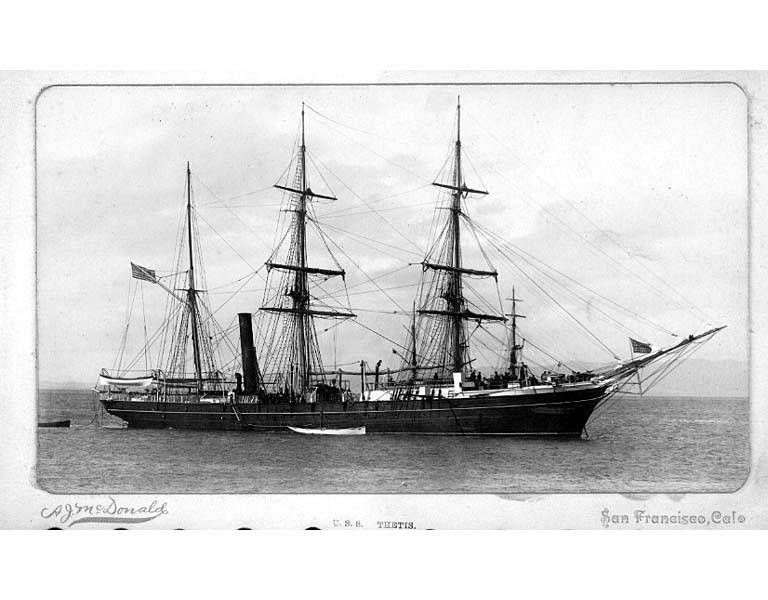
Spanish-American War
The highlight of Lopez’s 32-year naval career was his service at the Battle of Manila Bay, the first major engagement of the Spanish-American War.
The Battle of Manila Bay occurred on May 1, 1898. The American Asiatic Squadron under Commodore George Dewey engaged and destroyed the Spanish Pacific Squadron. One of the most decisive naval battles in history, the Battle of Manila Bay marked the end of the Spanish colonial period in the Philippines.
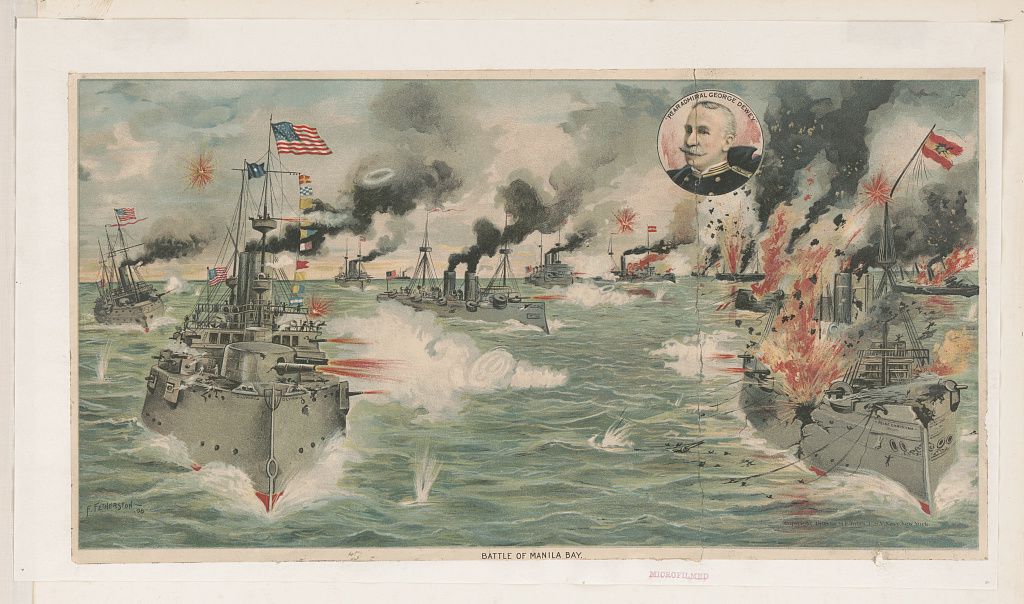
The Spanish, knowing that they were hopelessly outgunned, put up a desperate defense against the American ships. However, superior American naval gunnery and seamanship ensured the entire Spanish fleet would be sunk. The U.S. fleet suffered only 10 casualties in all. After realizing that the battle was hopeless, the Spanish admiral ordered his two cruisers to be scuttled to ensure that they did not fall to the Americans.
Another of Lopez’s assignments was to command the Bainbridge-class destroyer USS Preble from 1904 to 1906. He also served as the senior member of a naval board responsible for a survey of vessels on the Pacific coast.

Commandant of Mare Island
In 1911, Lopez retired from the U.S. Navy with the rank of commodore (equivalent to a one-star admiral rank). However, after the U.S. entry into World War I, Lopez was recalled to duty. During the war, Lopez served as commandant of the Mare Island Naval Shipyard in northern California. In addition, he was in charge of shipbuilding operations for the Navy at Union Iron Works in San Francisco.
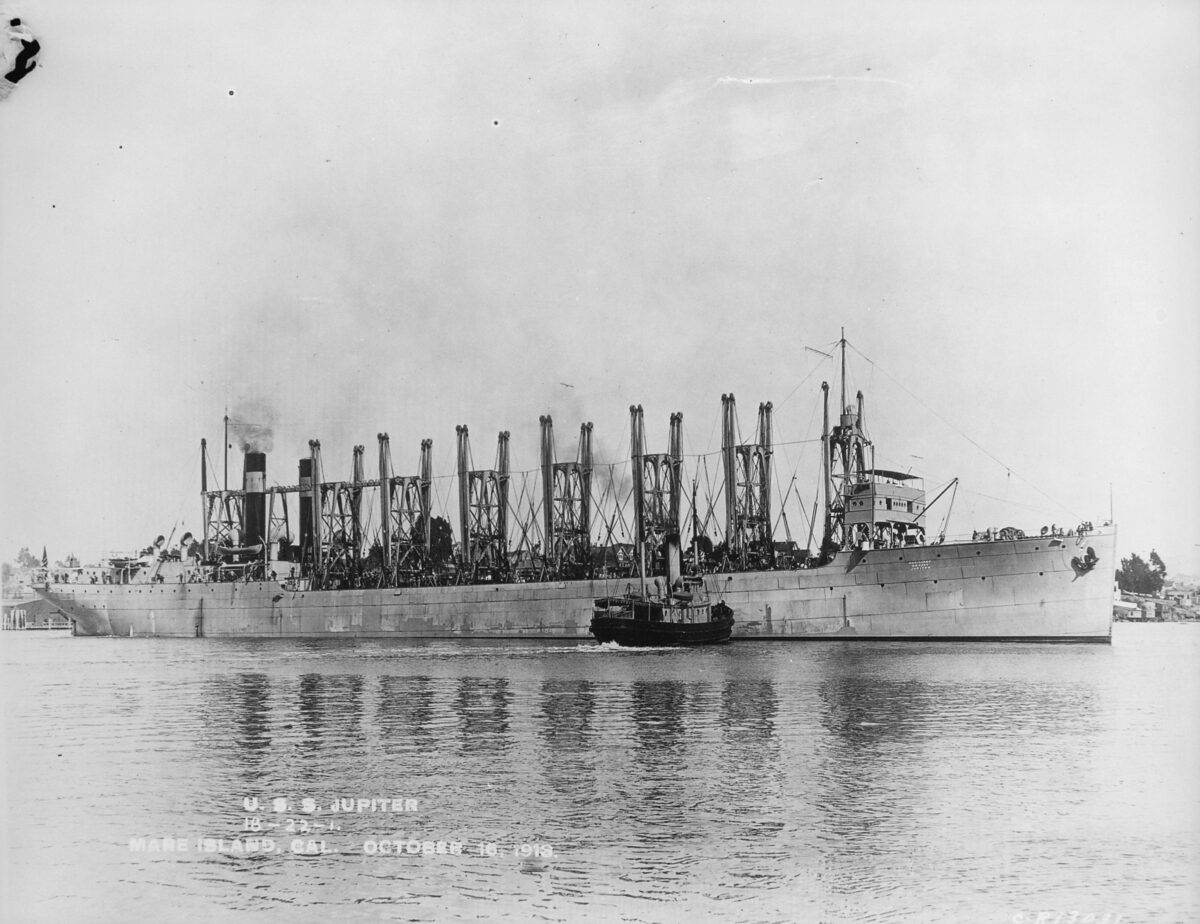
Following the end of the war in November 1918, Lopez went back into retirement. He had served most of the previous four decades in the Navy. He died in Alameda, California, on September 20, 1936, at the age of 79.

A brief history of Mare Island
Mare Island Naval Shipyard in Vallejo, California, was the first U.S. Navy base on the West Coast. The island, which is technically a peninsula, is in the northern part of San Francisco Bay. On September 18, 1854, it was established to support the naval defense of the new Pacific Coast territories won from Mexico during the Mexican-American War. U.S. Navy Commander David Farragut oversaw the construction of the new naval base and served as its commanding officer from 1854-58. When Farragut and his men arrived, the area was virtually uninhabited and there was only one house and a few buildings that had been erected by agents of the shipping company that had built the island’s floating dry dock. After five years of operation, the Mare Island shipyard built its first ship – the USS Saginaw. On March 3, 1859, the side-wheel steamer slid down the ways into the Napa River.
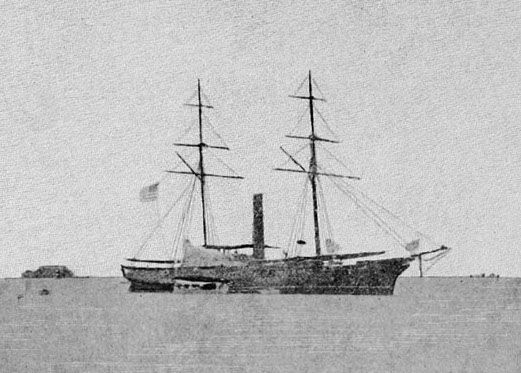
Throughout the Civil War, Mare Island repaired several of the worn-out Pacific Squadron ships that had been assigned to hunt for Confederate raiders and privateers. Twice monthly, one of the squadron’s ships would escort mail steamers carrying California gold as they sailed from San Francisco to Panama (and then on to the East Coast).
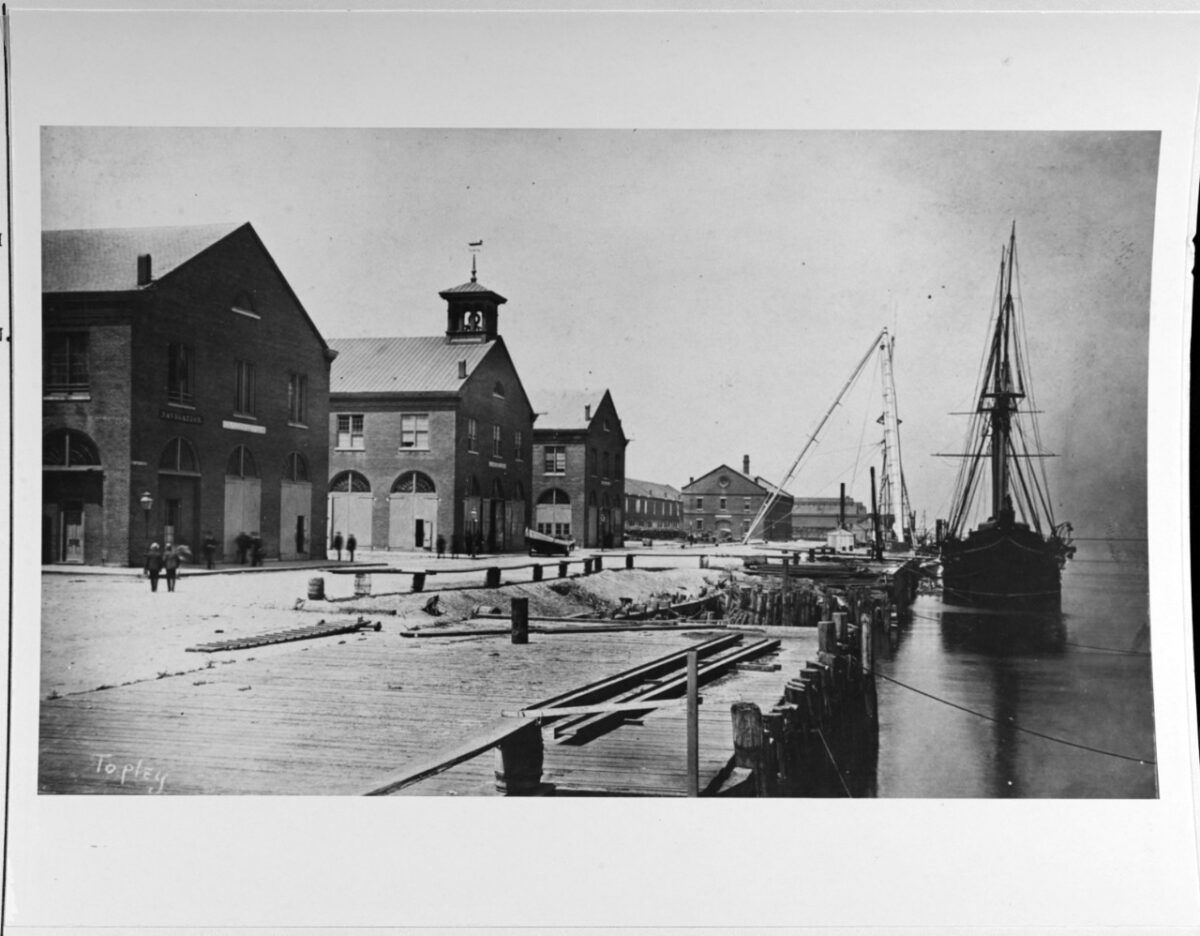
Two of the Navy’s first fleet of six submarines, USS Grampus and USS Pike, were delivered to Mare Island from Union Iron Works in San Francisco in 1903. Over a three-and-a-half-year period, they operated in a training and experimental capacity in the shallow waters of San Pablo Bay, and underwater trips were usually no more than a couple of hours long. The submarines were assigned to the Pacific Torpedo Flotilla. In 1911, Grampus was renamed A-3 and Pike was renamed A-5. Both submarines were reassigned to the Asiatic Fleet in 1915.
On April 27, 1904, the first U.S. Navy radio station on the West Coast was commissioned on Mare Island. The naval shipyard served as a transmitter station to ships at sea as well as to shore commands in the Pacific. The first radio message transmitted to the Pacific was sent from Mare Island in May 1904 to the hospital ship USS Solace as she steamed through the Golden Gate.
In 1911, Mare Island became one of the first four recruit training depots for the U.S. Marine Corps. From 1917 to 1922, Mare Island was the only Marine boot camp west of the Mississippi River. The training depot was moved to San Diego in August 1923, but the Marine Barracks remained.
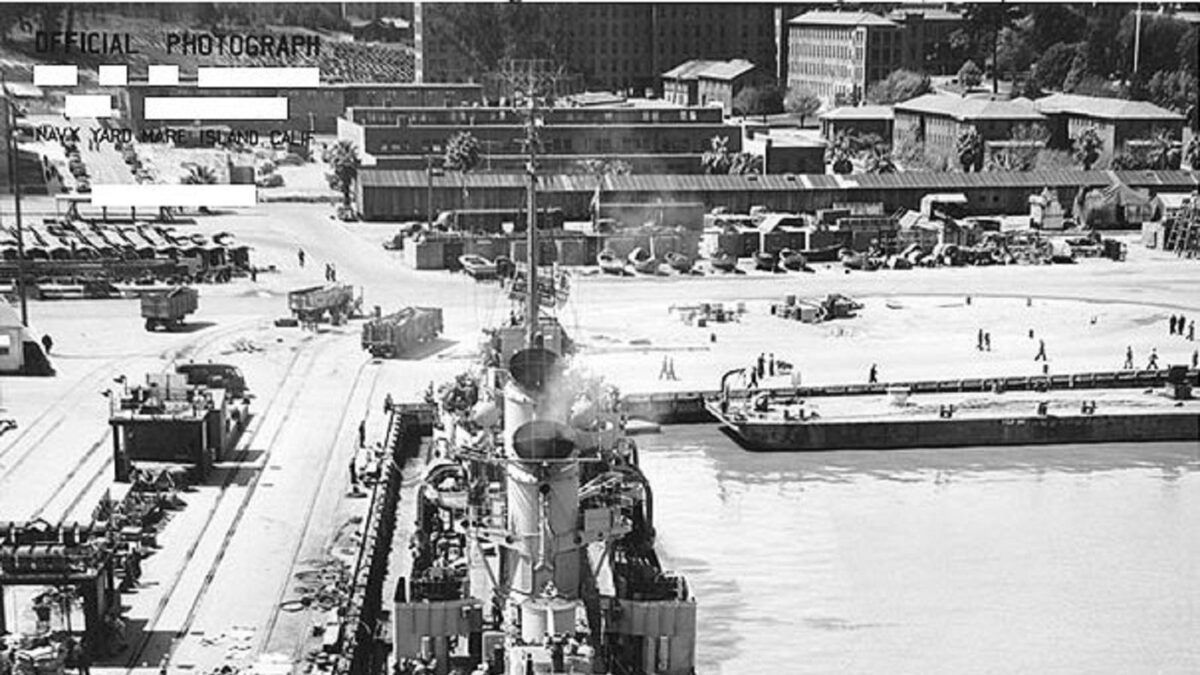
Mare Island was a key shipbuilding facility during World War I and the years immediately following the war. The yard built its first destroyer, USS Shaw, which was launched on December 9, 1916. In 1918, Mare Island broke records by building USS Ward in 17.5 days. The yard set another milestone when it built and launched the USS California – the first battleship built on the West Coast. It was launched on November 21, 1919.
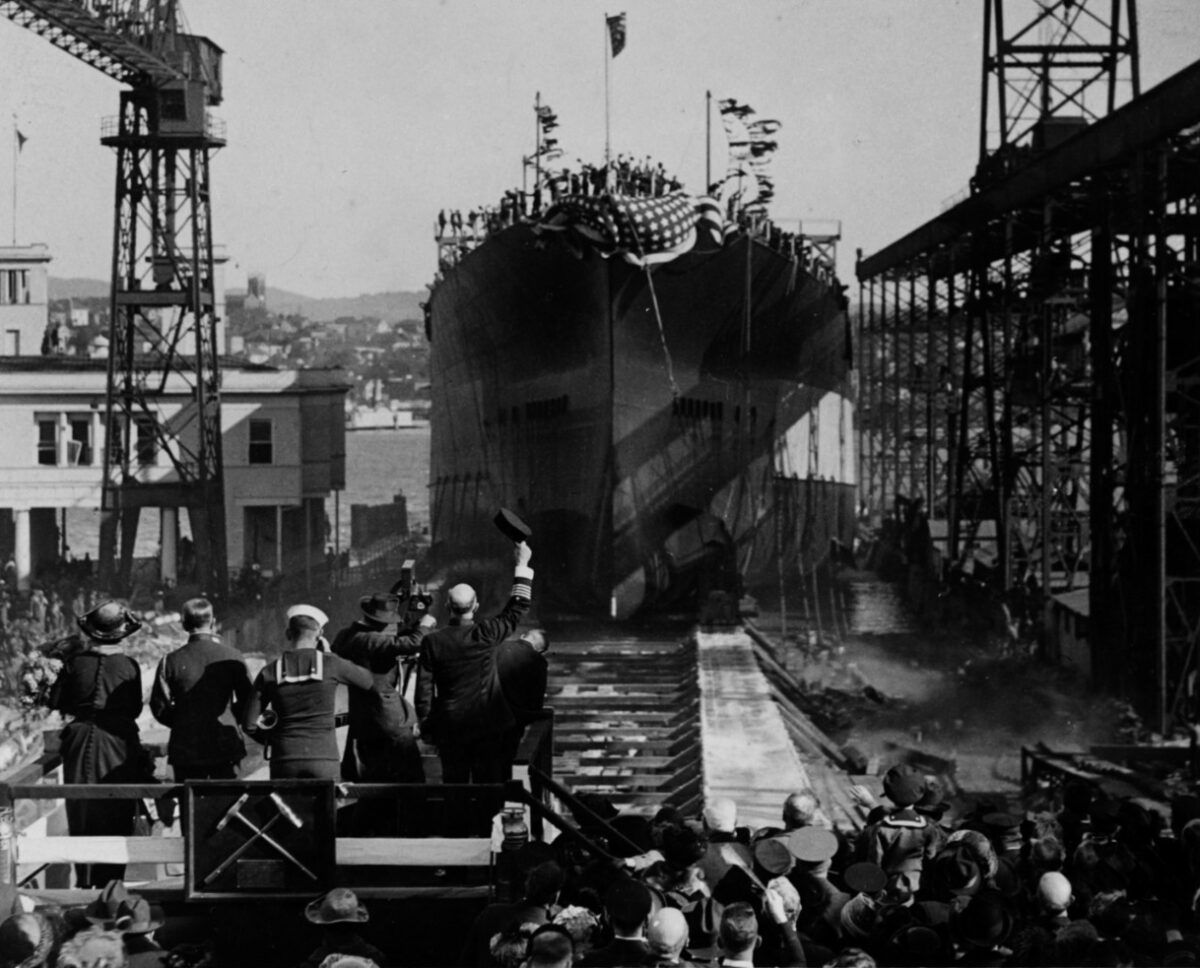
In 1930, Mare Island built its first submarine – the USS Nautilus.
During World War II the base grew into one of the largest naval facilities in the world. It expanded to include “996 buildings, 20 ship berths, four dry docks, and two shipbuilding ways.” More importantly, shipyard employees built 391 ships during the war and also repaired and sent back to battle 1,227 ships. There were more than 39,000 civilians employed on Mare Island and there were thousands more in uniform. In addition, the officers of Mare Island also supervised the work of 28 private shipyards with 40,000 Navy contractors in the San Francisco Bay area. More than 100,000 workers were employed on behalf of Mare Island during the war.
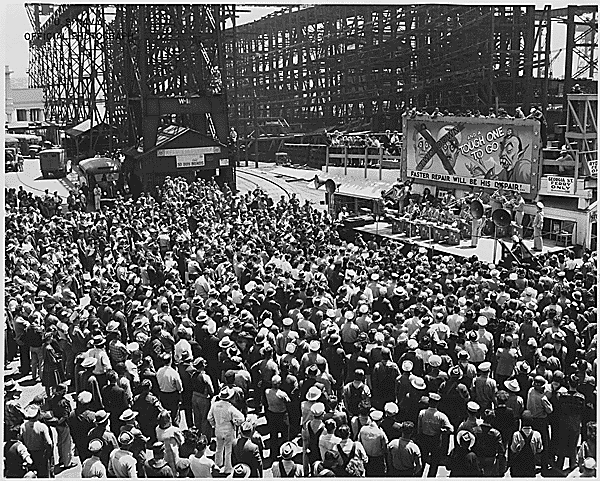
Unfortunately, the U.S. Navy hospital on Mare Island was also busy. Prior to the war, the hospital buildings were capable of caring for as many as 600 patients. During the war, the average patient count daily was 2,300. Normal hospital staff were supplemented by WAVES and Navy nurses. The Pacific Orthopedic Center was established in August 1943. Its employees fitted all Navy and Marine Corps amputees with prosthetic limbs. The orthopedic department served tens of thousands of disabled military personnel.
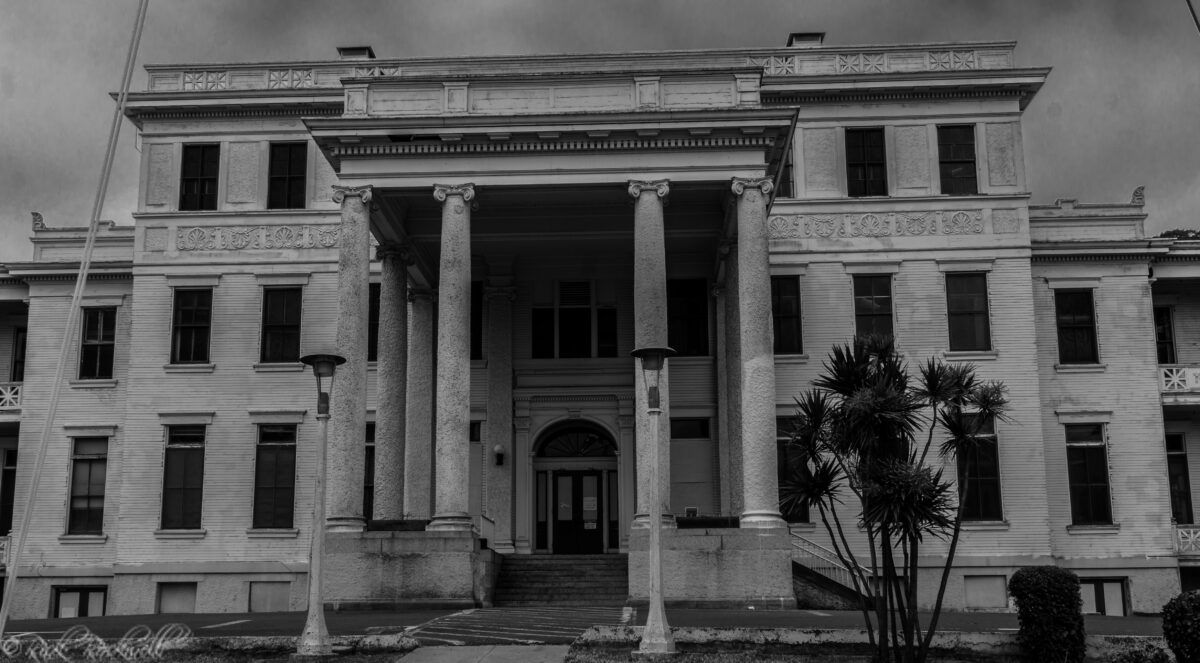
After Japan surrendered to end World War II, ship production stopped and the workforce shrank to its pre-war level of about 12,000. The Navy began deactivating ships and sending them to its mothball fleet.

The Navy split the base into two commands on November 30, 1945. They were also given new names – U.S. Naval Base, San Francisco (still headquartered on Mare Island), and U.S. Naval Shipyard, Mare Island. A number of operations that had been part of Mare Island Naval Shipyard, such as the Naval Hospital, Ammunition Depot, Marine Barracks, etc., now became individual commands under the umbrella of U.S. Naval Base, San Francisco.
The Navy announced in 1954 that the shipyard’s future role would be to build and repair nuclear submarines. On October 19, 1957, Mare Island workers completed the USS Sargo, the first nuclear submarine built on the West Coast.

(Photo: Naval History and Heritage Command)
As the Navy’s fleet of submarines grew, so did the need for trained operators. The Nuclear Power School was established at Mare Island in 1959. Those attending the Nuclear Power School “received six months of instruction in mathematics, physics, reactor theory and engineering, electrical engineering, heat transfer, chemistry, materials, nuclear plant systems, and radiological control.”
As the Vietnam War expanded, the Navy established the Naval Inshore Operations Training Center on the island to provide training in river patrol boat operations in 1967. With the Napa River on one side and San Pablo Bay on the other, Mare Island provided access to sloughs and other waterways that were similar to the environment in Vietnam’s Mekong Delta.
USS Drum, which was launched on May 23, 1970, was the last submarine built at Mare Island. Although Mare Island stopped building new nuclear submarines, it continued to overhaul, refuel and repair the nuclear-powered fleet until the base’s closure. Mare Island built 17 nuclear submarines in total.

Mare Island Naval Shipyard was recommended for closure by the Defense Base Closure and Realignment Commission in 1993. The commission stated that the base’s shipyard functions were duplicated in the eastern Pacific at Pearl Harbor Naval Shipyard and on the West Coast at Puget Sound Naval Shipyard (which had larger dry docks and deeper channel access) and it was in an area with a strong economic base capable of absorbing the loss.
The base was officially closed on March 31, 1996. The 5,000-acre island was transferred to the city of Vallejo for reuse and redevelopment in 2002. The Mare Island Naval Shipyard is now a National Historic Landmark and open to the public. Another historic landmark on base is the Mare Island Naval Cemetery, now under the administration of the U.S. Department of Veterans Affairs. It is the oldest military cemetery on the West Coast and the final resting place of 860 veterans, including three Medal of Honor recipients.
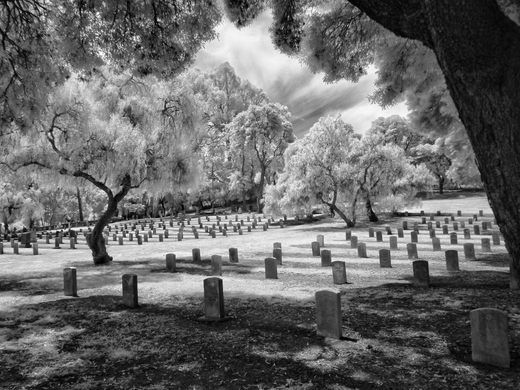
Mare Island had a distinguished record, particularly during World War II, when it was one of the busiest naval shipyards in the world. In total, more than 500 naval vessels were constructed and thousands more overhauled at the shipyard.
FreightWaves Classics thanks drum228.org, the National Park Service, the Naval History and Heritage Command, transportationhistory.com, and ww2db.com, for information and photographs that contributed to this article.


